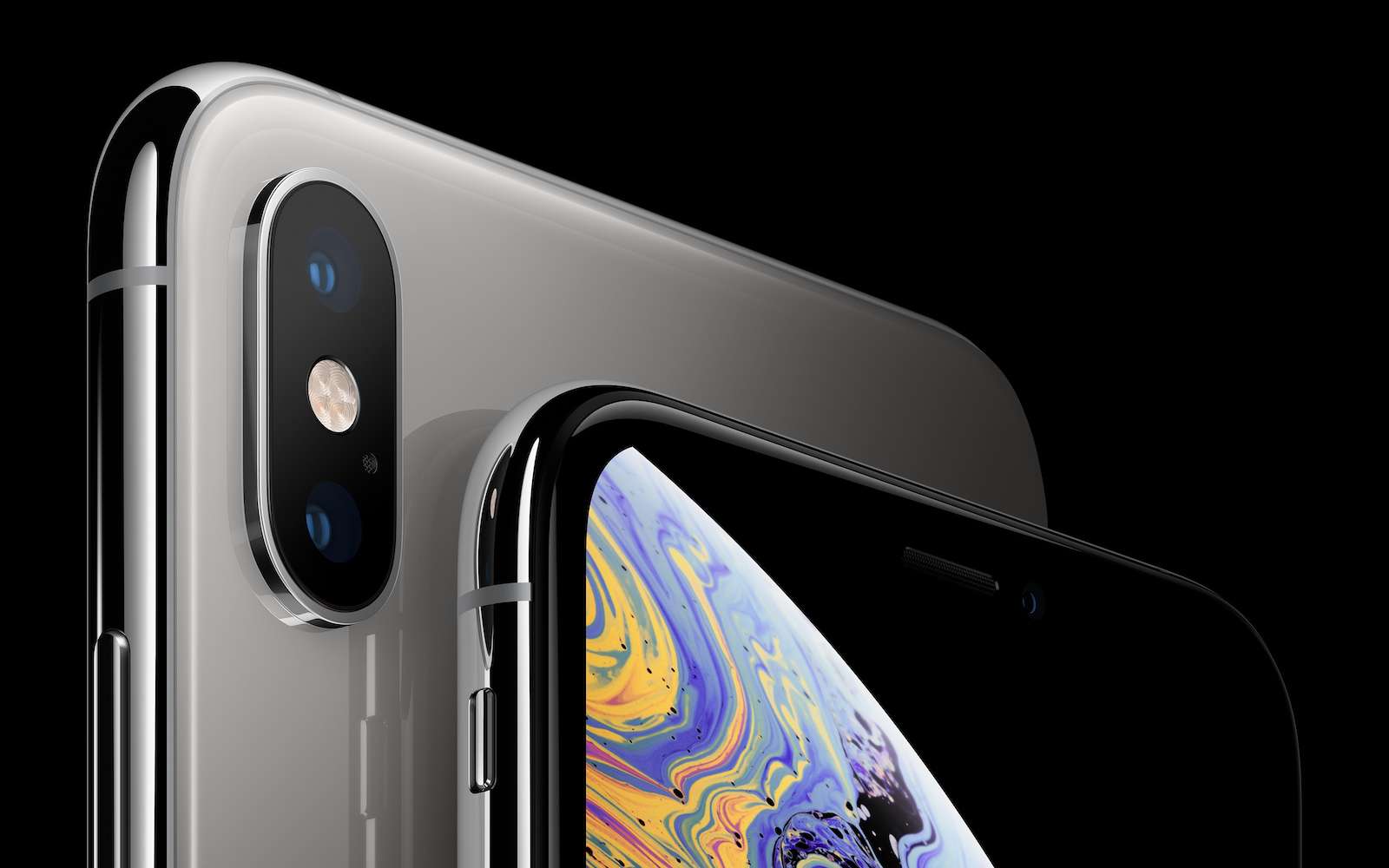The English equivalent of a Que Choisir or 60 million consumers, Which? Association tested the autonomy of Apple’s iPhone and checked if the manufacturer kept its promises.
On the datasheet of a smartphone, data about autonomy are among the essential elements for the consumer. The manufacturers thus announce figures, according to the use (telephone, video, internet, etc.), and it is always relevant to see and know if the announced autonomies are real.

English Consumer Advocacy Association, Which? Has tested the iPhone commercially available, and its conclusions are definite: Apple overestimates the autonomy of its phones. At least, the announced independence is 18% higher than the reality, and on the iPhone XR, it climbs up to 51%. Instead of the 25 hours announced, the laboratory has a range of 16 hours and 32 minutes.
Sony underestimates the autonomy of its smartphones
On the side of Apple, who asked for a right of reply, we propose to know the real conditions of tests and the methodology. On the side of Which? , we explain that Apple is the manufacturer who displays the figures furthest from reality. Thus, the same tests carried out on models Samsung, HTC, Sony, and Nokia gave autonomies very close to the statistics announced with an error rate of about 5%. This is the case for example of an HTC smartphone whose 20.5 hours of autonomy on appeal are 19.6 hours.
Conversely, there are some delicious surprises, such as the Sony Xperia Z5 Compact which displays nine hours of conversation, with nearly 26 hours of autonomy, against 17 hours announced by the manufacturer. In general, Sony models have 21% longer battery life than the manufacturer’s data.